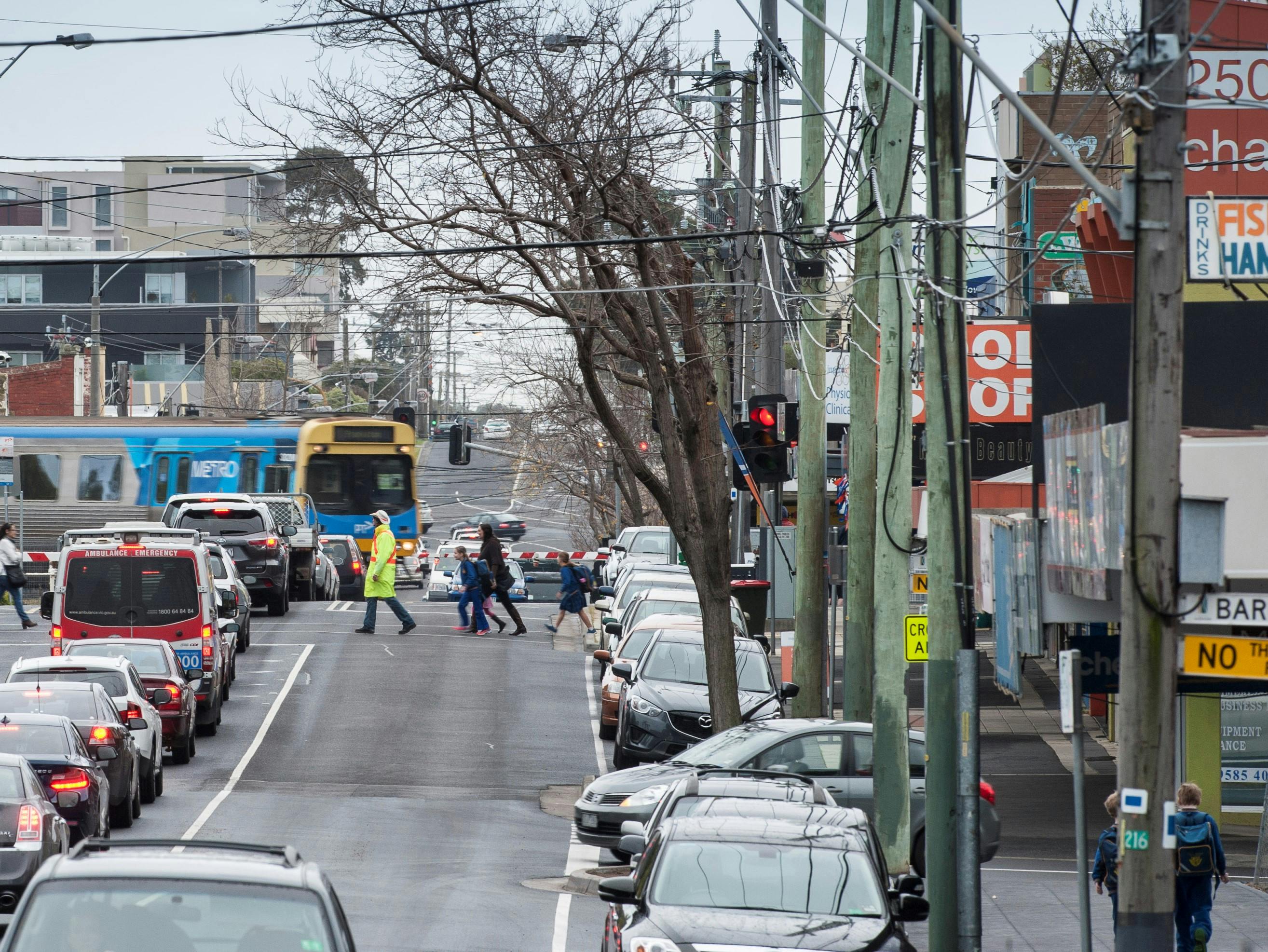Integrated Transport Strategy
Consultation has concluded
Kingston Council is seeking community input to help plan for future traffic movement across our municipality.
The Integrated Transport Strategy will cover a broad range of travel modes - including walking, cycling, driving and public transport.
What are we trying to achieve?
By looking at transport as a connected network - rather than separate or competing travel modes - we hope to shape transport in Kingston into a connected, sustainable and co-ordinated system.
Central to this idea is promoting more convenient access to key destinations and reducing the need to travel by private motor vehicles.
Integrated transport means local, regional and metropolitan transport agencies (and other groups) working together to deliver a range of ways people and goods can reach their destination.
Background and context:
The City of Kingston will experience significant growth in population and development over the next 10-15 years.
To respond to these challenges, the State Government has set a vision to make Victoria’s transport system more integrated, sustainable, inclusive, prosperous, and environmentally responsible.
The Kingston Integrated Transport Strategy (KITS) seeks to align with the State’s vision by delivering a set of objectives and actions needed to achieve the municipality’s vision of a city with a connected, integrated and sustainable transport network that is safe, healthy, accessible, efficient, and reliable.
The strategy will provide long-term direction and guidance in integrated transport and land-use planning. This will help Council make informed decisions about future investments, strategic planning and policy direction. This will ensure that future growth of Kingston meets the diverse needs of our residents, visitors and workers.
NOTE: The full background report is available in the document library on the right hand side of this page.
Our Vision:
Kingston is a city with a connected, integrated, and sustainable transport network that is:
- SAFE - for all users and attractive to use
- HEALTHY - supporting transport choices that are active and reduce energy use
- ACCESSIBLE - to as many people that wish to use it.
- EFFICIENT - balancing the capacity of the network between all modes of transport and making moving around easy.
- RELIABLE - so journey times are minimise and predictable - thus promoting economic prosperity.
Our key objectives:
We have five key objectives that will help bring to life our vision for a well-connected travel network in Kingston.
- Walking and cycling – to make walking and cycling the preferred transport choice, particularly for short local trips.
Provide suitable new or improved:
• Cycle routes and paths.
• Pedestrian/cycle crossings.
• Cycle parking.
• Wayfinding and signs.
• Footpaths, and walking routes, including missing links in these networks.
• Shade from trees, public lighting, water fountains, and seating. - Mobility – to provide a transport network that allows people of all abilities to travel.
•encourage children to walk and cycle to schools
•improve access around schools, public transport and major destinations to make sure they are safe and accessible for everyone
•improve parking around schools and key destinations
•provide programs for older people and people with a disability
•advocate for more equitable, affordable and accessible transport for all users. - Land-use and development – to promote land-use and transport choices that are sustainable, and reduce journey times and distance by concentrating development in activity and neighbourhood centres close to public transport routes.
•guide high-density development to activity centres and public transport routes
•encourage sustainable travel through ‘green travel plans’ to promote safe, healthy and sustainable travel options at significant new developments
•develop structure plans so activity centres are distinctive, accessible, safe and appealing
•create suburbs where most peoples' travel needs are within a 20-minute walk, cycle or local public transport trip of their home. - Better public transport – advocate to state government for improved public transport that is reliable, frequent, safe, and connecting people and goods to where they want to go.
Work with relevant agencies to create:
- train stations and bus stops that are 'best practice' for users
- high-frequency public transport
- improved commuter parking at stations
- better travel information
- more freight to be transported by rail.
- The road network – to manage our road networks so that it is safe, promotes sustainable transport, and reduces congestion.
•traffic programs to make roads safer
• consider prioritising sustainable modes over private cars through a ‘road user hierarchy’
•allocate more road space for sustainable modes (bus, cycle, pedestrian priority)
•review speed limits on key roads
•review the ‘last kilometre’ of freight movement to improve way-finding
•review and support new transport technologies – such as electric vehicles, charging points, speed limiters and car share scheme
•develop streetscape design guild-lines to make attractive and safe environments
•review the municipal parking management policy
•monitor traffic congestion to better understand the performance of the road network
Have your say:
Share your views by: - completing the survey below
- put your suggestions on the map to show us where you'd like to suggest changes such as cycling paths, public transport options, traffic safety hot-spots and more.



